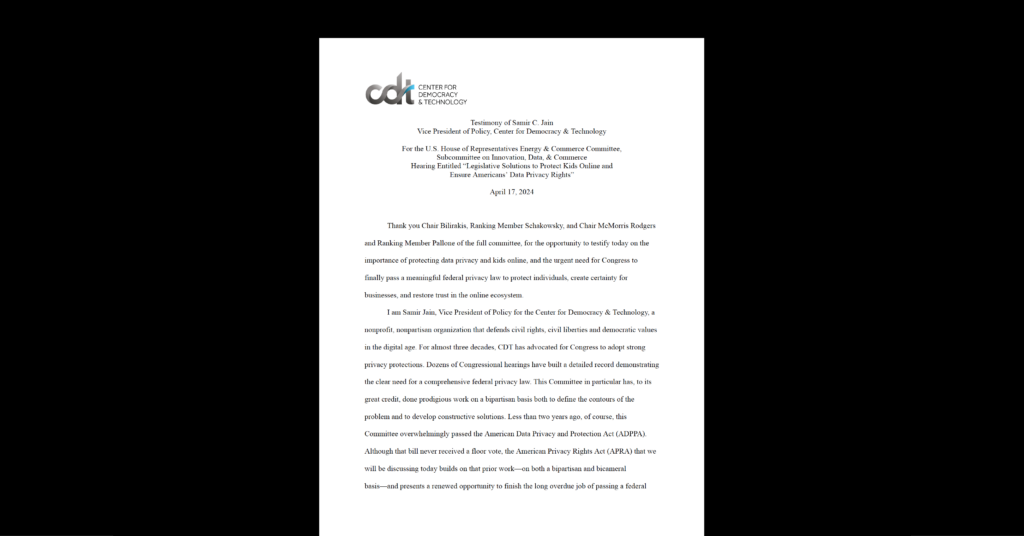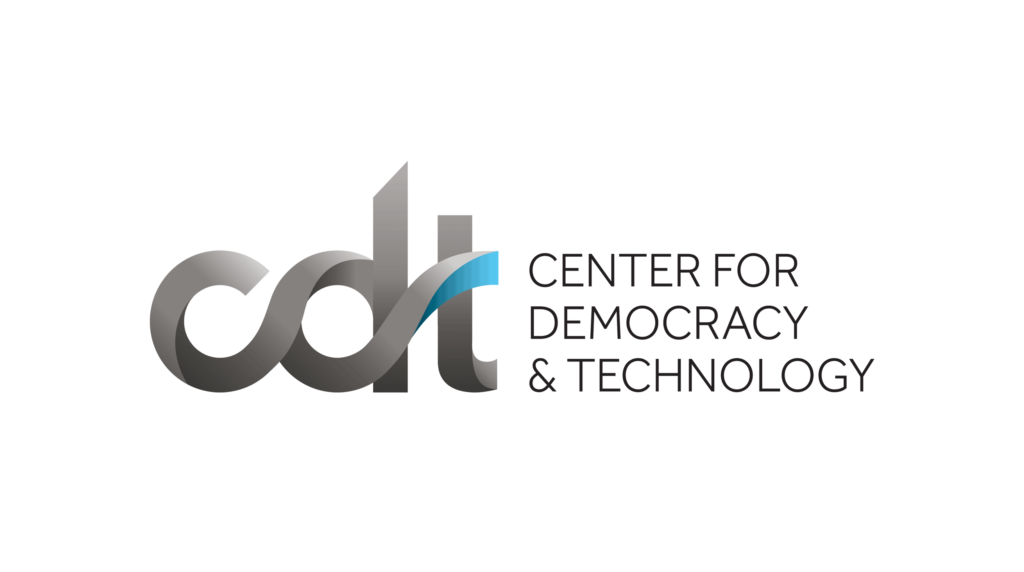AI Policy & Governance, Equity in Civic Technology, Free Expression, Privacy & Data
As Concerns About Student Activity Monitoring Software Grow, a Recent Supreme Court Decision Reinforces the Importance of Protecting Students’ Privacy
With the expansion of remote learning, schools have increasingly deployed technically sophisticated means of monitoring individual student’s online activity, including student activity monitoring software that rarely limits its data collection to school hours. Student activity monitoring software may permit schools to see what applications students are using, open websites on a student’s laptop, switch tabs, block sites, access communications, or view browsing histories — even when they are away from campus. The monitoring can take place on computers, devices, or applications owned by schools, as well as students’ personal devices, and has raised concerns among parents and students across the country.
Last year, the Supreme Court weighed in on the increasingly fuzzy line between students’ lives on and offcampus in Mahanoy Area School District v. B.L. The Court prohibited a high school from punishing a student for a profanity-laced video about tryouts for the school’s cheerleading squad, made off-campus with a personal device on Snapchat, a non-school application. Some commentators have worried that the decision in Mahanoy might open the door for widespread surveillance of students, but the principles underlying the decision underscore the importance of protecting student privacy for two reasons:
- Mahanoy recognized the importance of protecting students’ free expression off-campus, and that expression cannot be protected without also protecting student privacy. Invasions of privacy chill free expression, including for students. In recent research by CDT, six in ten students agreed that they do not share their “true thoughts or ideas because I know what I do online is being monitored” by their schools. 80% of students reported being “more careful about what I search online when I know what I do online is being monitored.”
The Mahanoy Court recognized that surveilling students in private spaces chills the very speech that the Court sought to protect. For the Court, speech made at a private business, outside of school hours and sent “to an audience consisting of [the student’s] private circle of Snapchat friends,” fell outside “the zone of . . . school-related responsibility.” As the Court previously observed, “[T]he First Amendment has a penumbra where privacy is protected from governmental intrusion.” Free expression and privacy are fundamentally linked, and one cannot be protected without protecting the other.
- The reasoning that the Supreme Court relied on in Mahanoy to protect students’ free expression also supports protecting student privacy. In its decision, the Court highlighted two “features” that “diminished” schools’ ability to discipline their students for their off-campus speech and activities:
- Monitoring 24 Hours a Day: The Court observed that schools should be cautious in regulating off-campus speech because the “regulations of off-campus speech, when coupled with regulations of on-campus speech, include all the speech a student utters during the full 24-hour day.” Similarly, schools should be “skeptical” of monitoring students’ personal or school-issued devices, at least outside school hours, because it could lead students to being monitored 24 hours a day. In CDT’s research, only one in four teachers said their schools explicitly limit monitoring to school hours, and many popular student activity monitoring software options monitor students around the clock by design.
- Protecting Democratic Values: The Court further explained that schools have “an interest in protecting a student’s unpopular expression, especially when the expression takes place off-campus. America’s public schools are the nurseries of democracy.” Privacy, like free expression, is a Constitutional right and a foundational democratic value. Schools should respect and champion students’ privacy just as they do students’ free expression.
Although Mahanoy did not expressly address student activity monitoring, the principles underlying the decision recognize the necessity of protecting students’ privacy and free expression, particularly off campus.
To be sure, the Court noted that many of the briefs filed in the case “list[ed] several types of off-campus behavior that may call for school regulation,” including “the use of computers, or participation in other online school activities; and breaches of school security devices, including material maintained within school computers,” as well as “speech taking place over school laptops or on a school’s website; speech taking place during remote learning; activities taken for school credit; and communications to school e-mail accounts or phones.”
The Court, however, was merely summarizing these briefs, and it explicitly disclaimed any intent to provide a rule addressing those activities: “Particularly given the advent of computer-based learning, we hesitate to determine precisely which of many school-related off-campus activities belong on such a list. Neither do we now know how such a list might vary, depending upon a student’s age, the nature of the school’s off-campus activity, or the impact upon the school itself. Thus, we do not now set forth a broad, highly general First Amendment rule stating just what counts as ‘off campus’ speech.” Consequently, the Court’s aside regarding computers, remote learning, and school email accounts does not undermine the foundational principles underlying the opinion.
Importantly, Mahanoy recognizes students’ rights away from the school campus. Privacy is itself a fundamental democratic right and is essential to ensuring that students may exercise their right to free expression. The Court’s decision provides important principles to guide schools and students as they navigate an increasingly online educational world.


